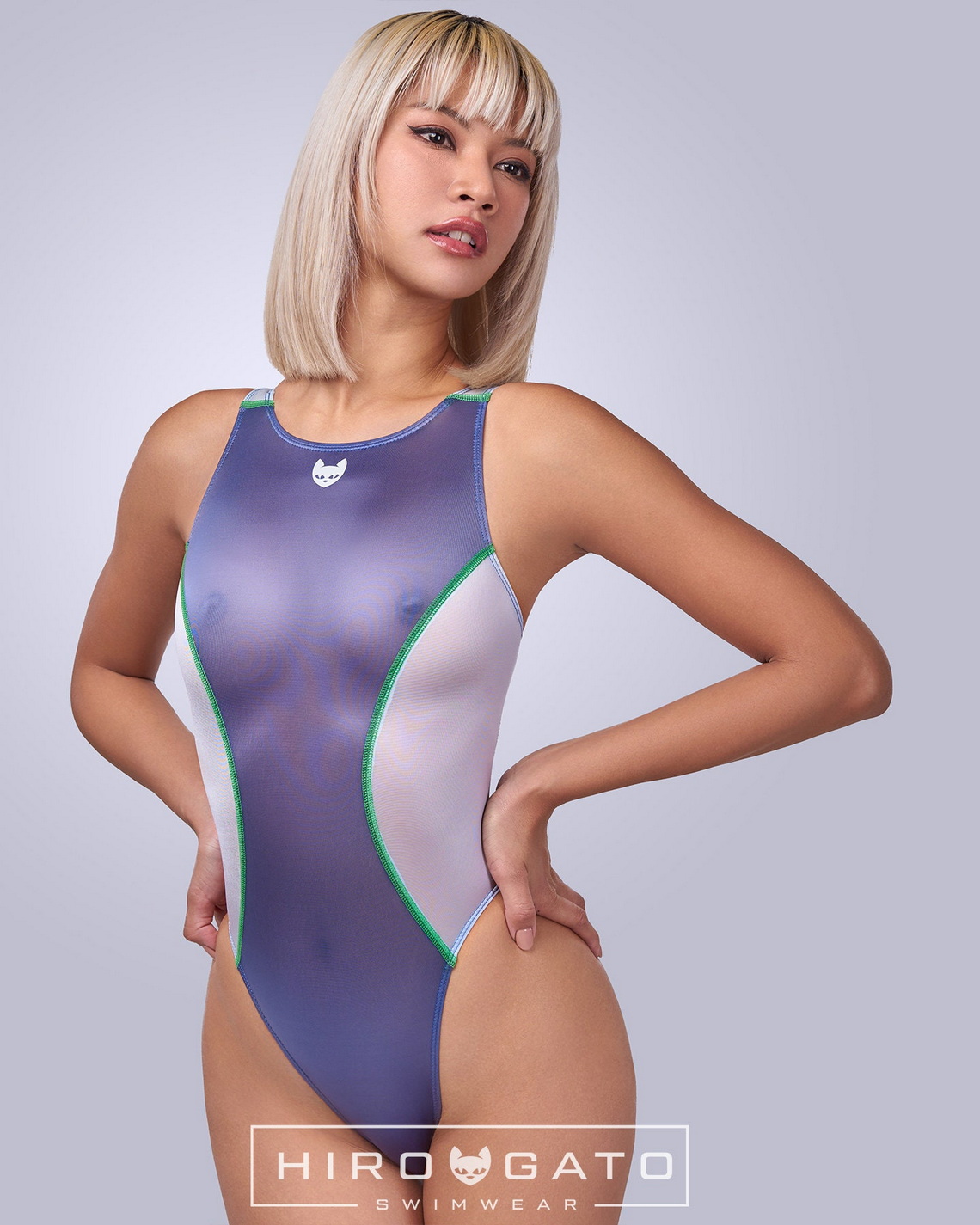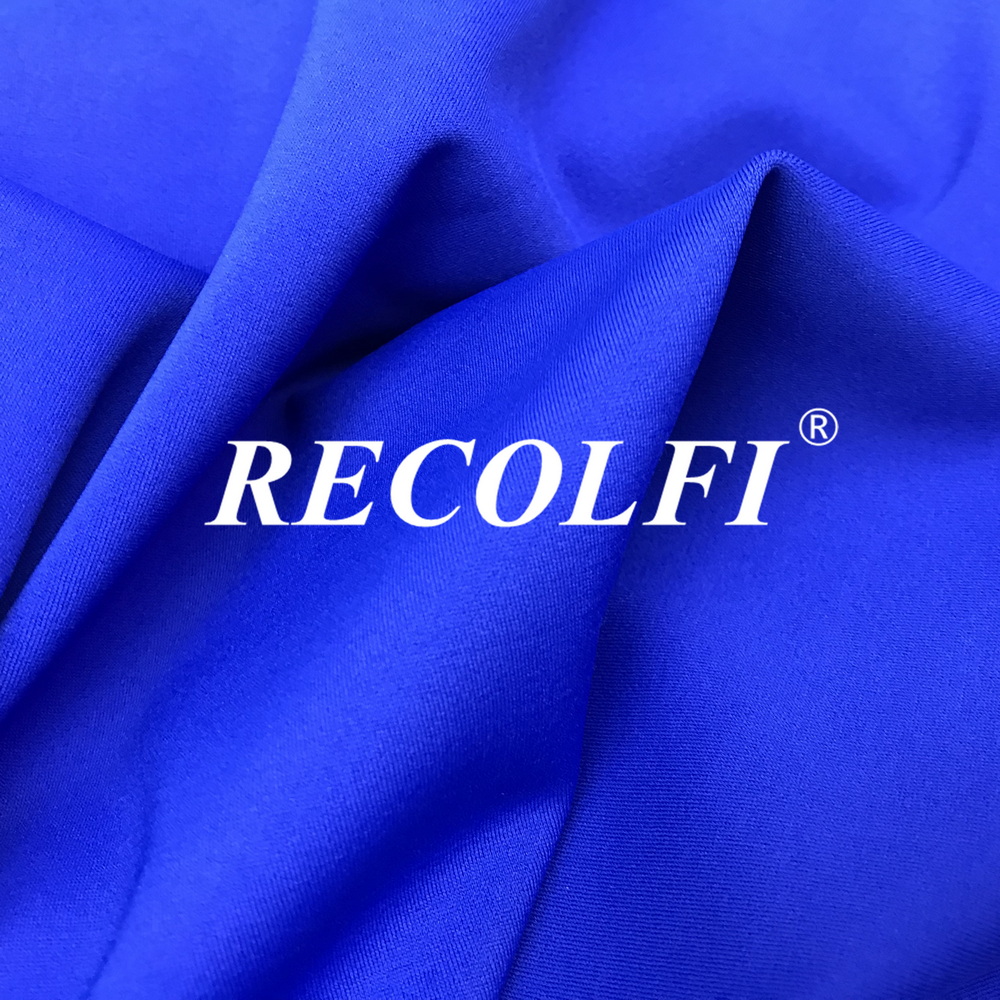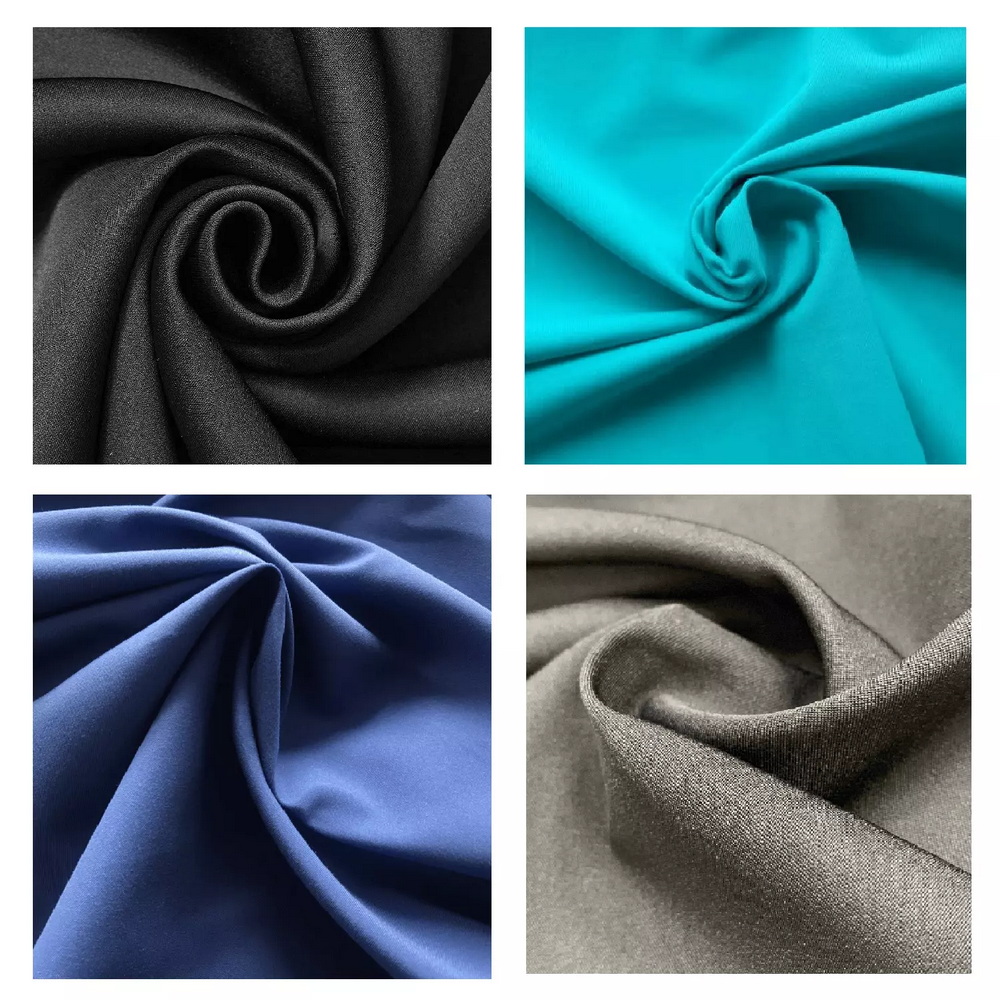Content Menu
● The Material Properties of Nylon
● Benefits for Swimming
● Environmental Impact and Sustainability Concerns
● Comparison with Other Materials
● History of Nylon in Swimwear
● Videos of How to Choose Swimsuit Fabric
● Conclusion
● Frequently Asked Questions
>> Q: Is nylon swimwear safe for sensitive skin?
>> Q: How long does a nylon swimsuit typically last?
>> Q: Can nylon swimwear be recycled?
>> Q: How does nylon compare to polyester in terms of environmental impact?
>> Q: Are there any alternatives to nylon that offer similar benefits for swimwear?
When you slip into your favorite swimsuit and dive into the cool, refreshing water, you might not give much thought to the fabric that's hugging your body. However, the choice of material for swimwear is a crucial factor that affects not only your comfort and performance but also the environment. Among the various fabrics used in swimsuit production, nylon has emerged as a popular choice for many reasons. Let's explore why nylon is widely used for making swimsuits and how it compares to other materials in this comprehensive analysis.

The Material Properties of Nylon
Nylon, a synthetic polymer, was first introduced in the 1930s and quickly revolutionized the textile industry. Its unique properties make it an ideal candidate for swimwear:
1. Durability: Nylon fibers are incredibly strong and resistant to wear and tear. This durability ensures that swimsuits maintain their shape and integrity even after repeated exposure to chlorine, saltwater, and sunlight.
2. Elasticity: Nylon has excellent stretch and recovery properties, allowing swimsuits to conform to the body's contours while maintaining their shape. This elasticity is crucial for comfort and freedom of movement in the water.
3. Quick-drying: One of the most appreciated features of nylon is its ability to dry quickly. This property is essential for swimwear, as it prevents the discomfort of wearing a damp suit and reduces the likelihood of bacterial growth.
4. Lightweight: Nylon is remarkably light, making it comfortable for extended wear and reducing drag in the water – a crucial factor for competitive swimmers.
5. Colorfast: Nylon accepts dyes readily and retains color well, allowing for vibrant and long-lasting swimsuit designs.
6. Resistance to chemicals: Nylon's resistance to chemicals, particularly chlorine, makes it ideal for swimwear that is frequently exposed to pool water.

Benefits for Swimming
The properties of nylon translate into several benefits for swimmers:
1. Hydrodynamics: The smooth surface of nylon reduces water resistance, allowing swimmers to glide through the water more efficiently. This is particularly important for competitive swimmers who need to minimize drag.
2. Comfort: The lightweight and stretchy nature of nylon ensures that swimmers can move freely without feeling restricted. This comfort is essential for both recreational swimmers and athletes.
3. Performance: Nylon's ability to retain its shape even when wet means that swimsuits maintain their fit throughout a swimming session, preventing sagging or bagging that could impede movement.
4. Durability in harsh conditions: Whether in chlorinated pools or saltwater, nylon swimsuits can withstand the harsh chemicals and environmental factors that would quickly degrade other fabrics.
5. Versatility: Nylon can be blended with other fibers or treated with various finishes to enhance its properties further, making it adaptable to different types of swimwear, from competitive racing suits to fashionable beachwear.
Environmental Impact and Sustainability Concerns
While nylon offers numerous benefits for swimwear, it's essential to consider its environmental impact:
◆ Production process: The manufacturing of nylon is energy-intensive and involves the use of petrochemicals, which can have a significant carbon footprint.
◆ Non-biodegradability: As a synthetic material, nylon does not biodegrade easily, contributing to long-term environmental pollution if not disposed of properly.
◆ Microfiber shedding: Like other synthetic fabrics, nylon can shed microfibers during washing, which can end up in waterways and harm marine life.
However, the swimwear industry is increasingly aware of these concerns and is taking steps to mitigate the environmental impact:
◆ Recycled nylon: Many brands are now using recycled nylon, often made from reclaimed fishing nets and other plastic waste, to create more sustainable swimwear options.
◆ ECONYL®: This innovative fabric is made from 100% regenerated nylon waste and can be recycled indefinitely, offering a more sustainable alternative to virgin nylon.

◆ Improved production methods: Advancements in manufacturing processes are helping to reduce the energy consumption and chemical use in nylon production.
◆ Durability as a sustainability factor: While nylon may not be biodegradable, its durability means that swimsuits last longer, potentially reducing overall consumption and waste.

Comparison with Other Materials
To fully appreciate why nylon is a preferred choice for swimwear, it's helpful to compare it with other common materials:
1. Polyester: Like nylon, polyester is a synthetic fabric often used in swimwear. It shares many of nylon's benefits, such as durability and quick-drying properties. However, nylon generally offers better elasticity and a softer feel against the skin.
2. Spandex/Lycra: Often blended with nylon, spandex provides excellent stretch and recovery. While pure spandex swimsuits exist, they are less durable and more prone to degradation from chlorine and sunlight compared to nylon blends.
3. Natural fibers (e.g., cotton): While comfortable, natural fibers like cotton absorb water, becoming heavy and slow to dry. They also lack the durability and shape retention of synthetic materials like nylon.
4. Neoprene: Used primarily in wetsuits, neoprene offers excellent insulation but is too thick and warm for most regular swimwear applications.
5. Sustainable alternatives: Emerging materials like recycled plastic fabrics and bio-based synthetics are gaining popularity. While promising, they often still struggle to match nylon's performance in areas like durability and elasticity.

History of Nylon in Swimwear
The use of nylon in swimwear has a rich history that parallels the evolution of modern swimsuit design:
1. 1930s-1940s: Nylon was invented by DuPont in 1935. Initially used for stockings and parachutes, its potential for swimwear was quickly recognized.
2. 1950s-1960s: The post-war era saw nylon become increasingly popular in swimwear. Its ability to create form-fitting garments aligned perfectly with the more revealing swimsuit styles of the time.
3. 1970s-1980s: Advancements in nylon blends, particularly the introduction of Lycra (spandex), revolutionized swimwear. These blends offered even better stretch and recovery, leading to the development of the modern competitive swimsuit.
4. 1990s-2000s: High-tech swimsuits made from nylon and other synthetic blends began to dominate competitive swimming, leading to numerous world records being broken.
5. 2010s-Present: With growing environmental awareness, the focus has shifted towards sustainable nylon options and recycled materials, while still maintaining the performance benefits that made nylon popular in the first place.
To better understand the science behind swimwear fabrics, including nylon, let's take a look at this informative video:
This video provides valuable insights into the selection and properties of swimwear fabrics, including nylon, and how they contribute to the performance and comfort of swimsuits.
Videos of How to Choose Swimsuit Fabric
1. Swimwear Basics: Everything you need to know about sewing your own swimsuit
2. Becoming A Swimpreneur | HOW TO PICK THE BEST SWIMWEAR FABRICS
3. Dr. Joe Schwarcz on bathing suits and the history of Spandex
4. Inside the Making of a Bathing Suit: Behind the Scenes at Eres | WWD
5. Why Swimming Tech Suits Are BANNED
6. A Bathing Suit That Doesn’t Get Wet? | Headline Science
7. How to Choose Swimsuit Fabric
8. High Performance Swimsuits - Carbon Fiber
Conclusion
Nylon's dominance in the swimwear industry is no accident. Its unique combination of durability, elasticity, quick-drying properties, and resistance to harsh environments makes it an ideal choice for swimsuits. While environmental concerns are valid, the industry's shift towards recycled and more sustainable nylon options demonstrates a commitment to balancing performance with ecological responsibility.
As we look to the future, it's likely that nylon will continue to play a significant role in swimwear, albeit in more sustainable forms. Innovations in fabric technology and manufacturing processes will undoubtedly lead to even better performing and more environmentally friendly swimwear options. Whether you're a competitive swimmer looking for that extra edge or a beach enthusiast seeking comfort and style, nylon swimwear will likely remain a go-to choice for years to come.

Frequently Asked Questions
Q: Is nylon swimwear safe for sensitive skin?
A: Generally, nylon is considered safe for most skin types. However, some people with very sensitive skin might experience irritation. In such cases, looking for swimsuits with a soft lining or opting for blends with natural fibers might be helpful.
Q: How long does a nylon swimsuit typically last?
A: With proper care, a good quality nylon swimsuit can last for several seasons. However, factors like frequency of use, exposure to chlorine or saltwater, and how it's cared for can affect its lifespan. On average, you can expect a well-maintained nylon swimsuit to last 1-3 years with regular use.
Q: Can nylon swimwear be recycled?
A: Yes, nylon can be recycled, but the process is not as straightforward as recycling other materials like paper or glass. Many swimwear brands now offer recycling programs for old swimsuits. Additionally, some innovative companies are creating new nylon products from recycled materials, including old swimwear.
Q: How does nylon compare to polyester in terms of environmental impact?
A: Both nylon and polyester are synthetic materials with significant environmental impacts. However, nylon production typically requires more energy and water than polyester. On the flip side, nylon is often more durable, potentially leading to less frequent replacement. The environmental impact can be reduced by choosing recycled versions of either material.
Q: Are there any alternatives to nylon that offer similar benefits for swimwear?
A: While nylon remains a top choice, there are alternatives that offer similar benefits. These include recycled polyester, econyl (regenerated nylon), and innovative bio-based synthetics. Each has its own set of pros and cons, but they're all striving to match nylon's performance while improving on sustainability.





































































